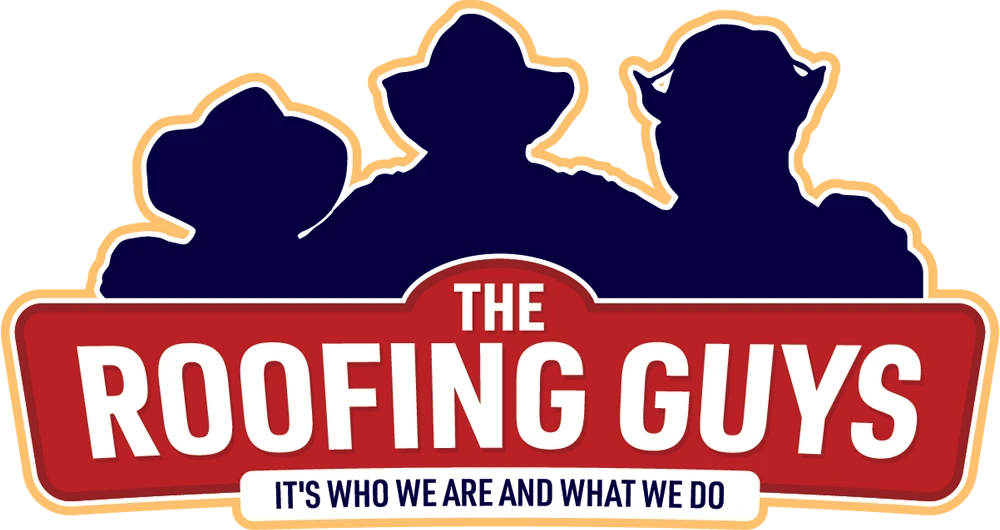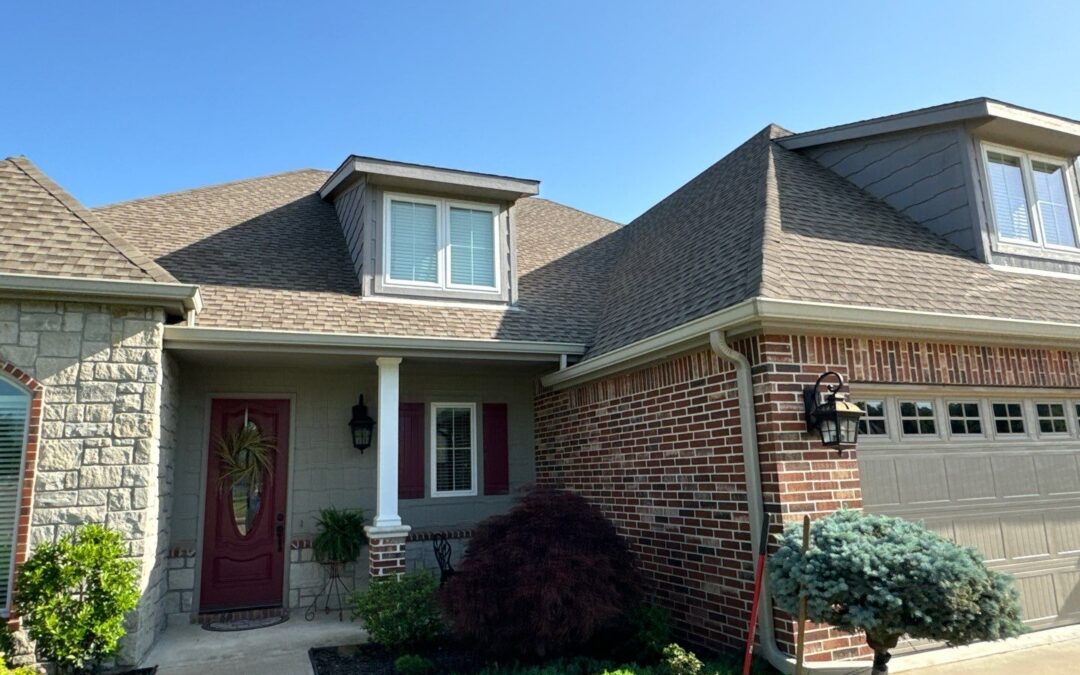Understanding the Difference Between Hip and Gable Roof Designs
Choosing the right roof design is a critical decision that impacts both the functionality and aesthetics of your home. Two of the most common roof styles – hip roofs and gable roofs – offer distinct advantages and considerations. Homeowners in Tulsa, OK, seeking guidance can rely on The Roofing Guys to help select the best option for their needs.
Quick Fact: Gable roofs are one of the most popular roof designs in the United States, while hip roofs are preferred in areas with high wind exposure due to their stability and wind-resistant structure.
An Overview of Hip Roofs
A hip roof features four sloping sides that converge at a ridge, forming a sleek and stable structure. This design is ideal for homes in areas prone to high winds and storms.
Advantages of Hip Roofs:
- Superior Wind Resistance: The inward slope on all sides makes it highly wind-resistant, reducing the risk of damage during storms.
- Enhanced Drainage: The sloping design ensures effective water runoff, preventing water pooling and leaks.
- Additional Living Space: Offers extra attic or living space, thanks to its pitched design.
Disadvantages of Hip Roofs:
- Higher Construction Costs: The complexity of the design requires more materials and labor, resulting in a higher overall cost.
- Limited Ventilation: Due to the enclosed design, hip roofs may need additional ventilation systems to maintain proper airflow.
For a deeper understanding of how to manage storm damage that might impact your roof, read our Article here.
An Overview of Gable Roofs
A gable roof, also known as a peaked or pitched roof, features two sloping sides that meet at a ridge, creating a triangular shape. This classic design is popular for its simplicity and cost-effectiveness.
Advantages of Gable Roofs:
- Affordability: Gable roofs are generally less expensive to construct due to their simpler design and reduced material requirements.
- Excellent Ventilation: The open design allows for better airflow, making gable roofs ideal for attic ventilation and cooling.
- Efficient Water Drainage: The steep pitch ensures rainwater and snow easily slide off, reducing the risk of water damage.
Disadvantages of Gable Roofs:
- Susceptible to Wind Damage: Gable roofs can be more vulnerable to wind damage, especially in areas prone to strong gusts or hurricanes.
- Potential for Overhang Damage: Extended overhangs can catch the wind, leading to potential lifting or damage during storms.
If you’re interested in learning more about the typical life expectancy of different roofing systems, check out our guide on The Lifespan of Your Roof Explained.
Hip Roofs vs. Gable Roofs: A Head-to-Head Comparison
| Feature | Hip Roof | Gable Roof |
| Wind Resistance | Excellent | Moderate |
| Drainage | Good | Excellent |
| Construction Cost | Higher | More Affordable |
| Ventilation | Limited | Superior |
| Aesthetic Versatility | Works with multiple styles | Best for traditional designs |
Pro Insight: When constructing a hip roof, consider adding vented soffits or ridge vents to improve airflow. Proper ventilation prevents moisture buildup and prolongs the lifespan of the roof.
Choosing Between Hip and Gable Roofs
- For High Wind Areas: A hip roof is ideal, providing better stability and wind resistance.
- For Better Ventilation: A gable roof offers improved airflow, making it a suitable choice for homes requiring enhanced attic ventilation.
- For Budget-Friendly Solutions: Gable roofs are typically more cost-effective, making them a great option for budget-conscious homeowners.
For more guidance on choosing the right roofing materials and styles, check out our article on Frequently Asked Questions About New Roof Installations.
Why Choose The Roofing Guys?
The Roofing Guys, IKO and GAF Certified contractors, bring extensive expertise in installing both hip and gable roofs. We provide professional recommendations based on your home’s unique requirements, ensuring you receive a roofing solution that is both durable and aesthetically pleasing.
FAQs
Q1: Are hip roofs more expensive than gable roofs?
Yes, hip roofs tend to be more expensive due to their complex design and the increased materials required for construction.
Q2: Which roof style is better for areas with heavy snow?
Both hip and gable roofs offer good drainage, but gable roofs have a steeper pitch, making them more efficient at shedding snow.
Q3: Can I switch from a gable roof to a hip roof?
Converting from a gable to a hip roof is possible, but it requires significant structural changes. Consult a professional contractor for an accurate assessment.
Conclusion
When deciding between a hip roof and a gable roof, consider your budget, climate, and design preferences. Choosing the right roofing partner, like The Roofing Guys, ensures you receive expert guidance and a roof that meets your needs, offering both functionality and style for years to come.

